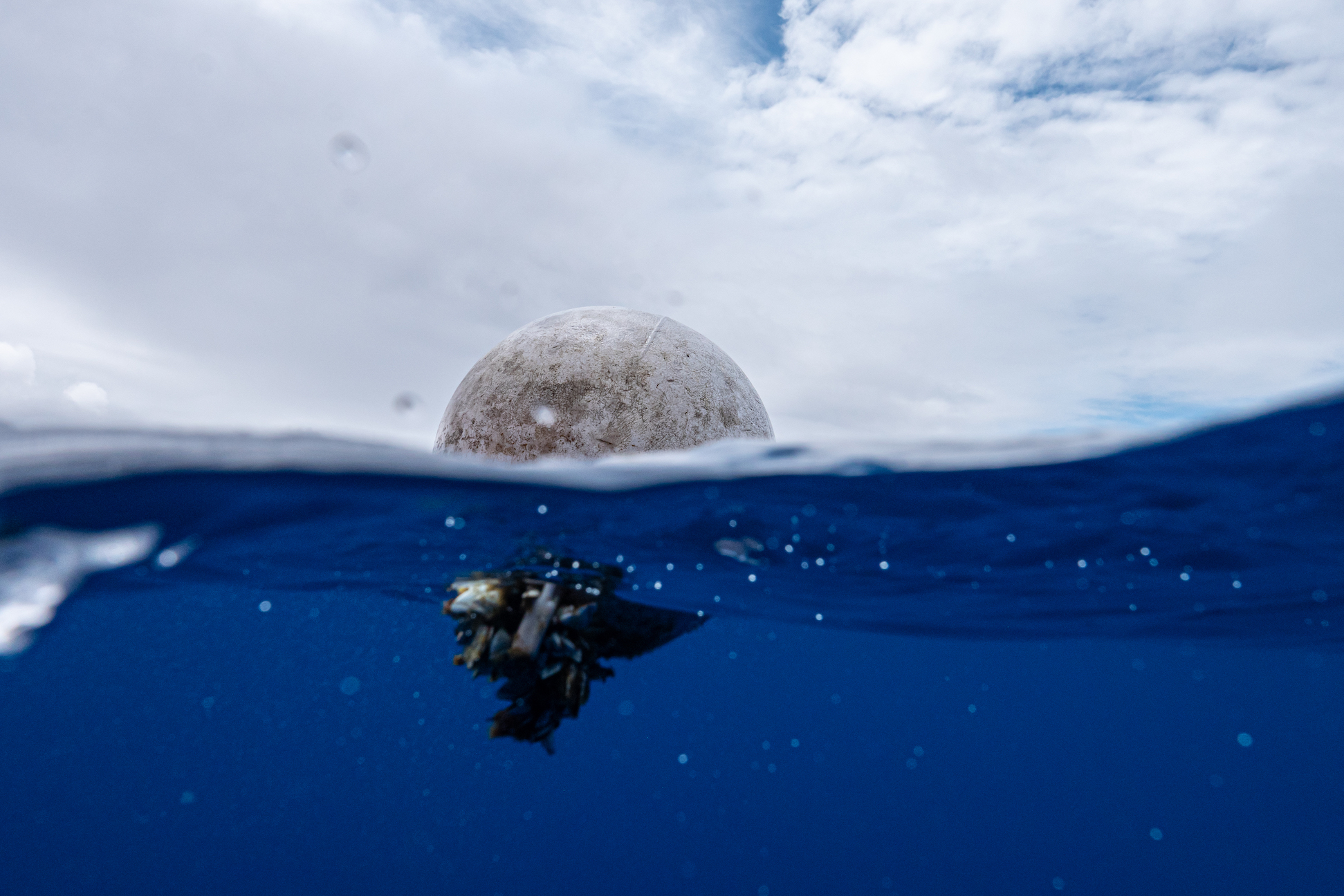The Great Pacific Garbage Patch refers to vast amounts of debris floating in the North Pacific Ocean.
Wait. So, it’s not just one big garbage patch?
No. The Great Pacific Garbage Patch is made up of various collections of rubbish and waste floating all over the North Pacific Ocean, shifting in shape and location. There are two main patches – one in the east near the US, the other in the west near Japan.
How does the waste get there?
The North Pacific Gyre is formed by currents that creating a vortex. Debris in the ocean – from beaches, rivers or ships – is gathered up by these currents and swept together into so-called garbage patches.
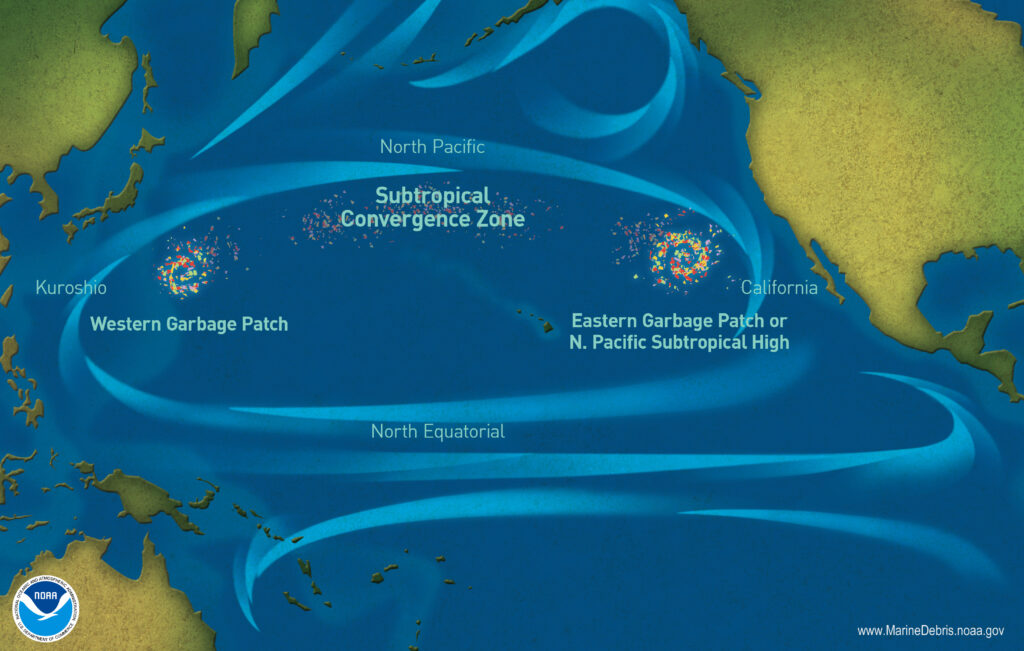
What kind of trash collects in the Pacific?
A lot of plastic: bags, Styrofoam cups, toothbrushes, bottles, drink crates, children’s toys and so on.
This is because most plastics don’t biodegrade. In the ocean, they break down under pressure from the sun and waves, eventually becoming microplastics.
The patch is also made up of many fishing lines and nets.
How big is the garbage patch?
We don’t know the size of the Great Pacific Garbage Patch.
It’s too large an area to trawl. It’s not possible to see it all, either – microplastics, for example, can’t easily be seen by the naked eye. And much of the waste lies below the surface – scientists have discovered that a lot of marine debris sinks, so the North Pacific seabed may also be covered in trash.
One oft-cited estimation of size is 1.6 million square kilometres – that’s twice the size of Texas or three times the size of France.
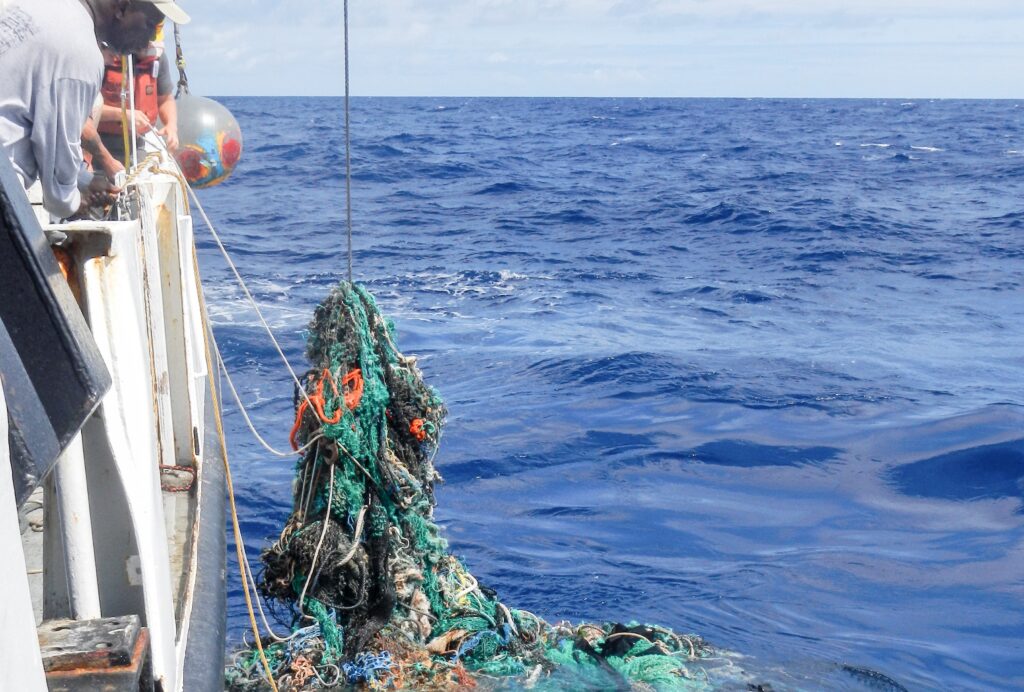
Obviously it’s an eyesore – but what else?
Plastic pollution is a threat to wildlife. Animals can become entangled in fishing lines and nets. Mammals, fish and birds all ingest plastic, mistaking it for food – it can block their digestive tracts or give them the false sense of fullness, leading to starvation.
As plastics break down, they can release greenhouse gases – contributing to the climate crisis – and chemicals that pollute the ocean water.
Chemicals and microplastics can contaminate the whole food chain. It’s unclear if microplastics in fish are a threat to humans – we need to conduct more research on that one.
Is it the only ocean garbage patch?
The Pacific Garbage Patch is the largest of its kind, but not the only one – the Atlantic and Indian oceans also have garbage vortexes.

What’s the fix?
We have to reduce our use of plastics.
The size and makeup of the Pacific Garbage Patch make it difficult, if not impossible, to clean up the whole thing.
While countries are unwilling to take responsibility, as it’s far from any coastline and spread across such a wide area, some NGOs have tried to clear as much as they can.
Recently, an ecosystem was discovered in the garbage patch, which complicates the issue of clean-ups.
However, even if the ocean could be cleaned up, we’d still be left with the root problem: our use of plastics.
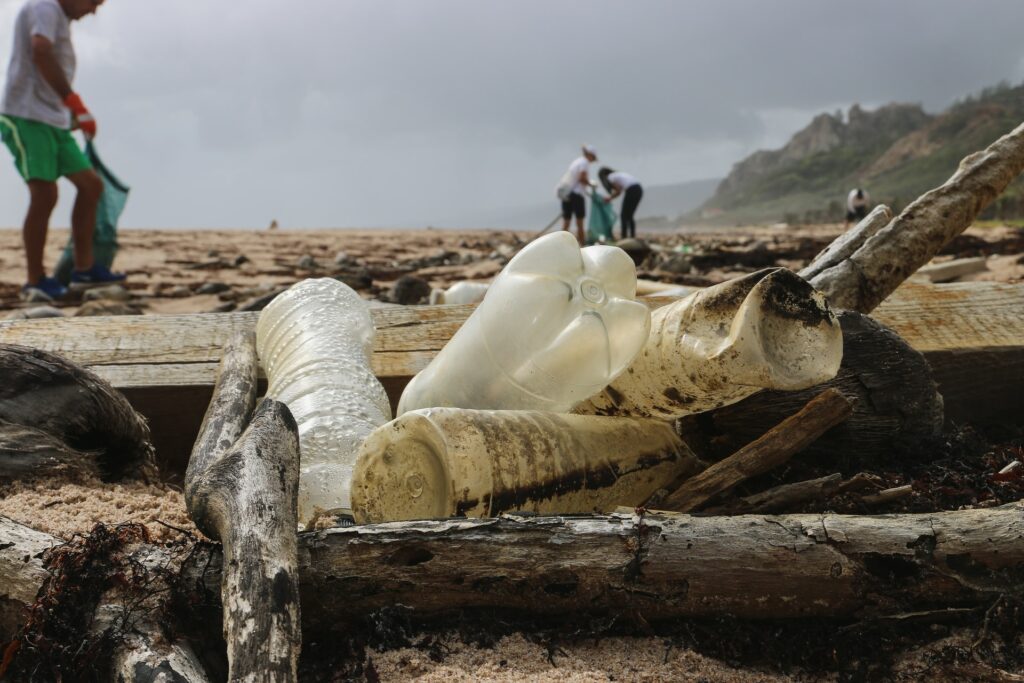
What we can do today
- Reduce plastic use. Here’s how to cut down on plastics in your home.
- Reuse.
- Recycle.
- Beach and river cleanups stop rubbish entering the ocean. Lend a hand at a community clean-up – or why not organise one yourself?
- Take action for the future – vote for environmentally responsible politicians, write to your local government representative, and sign petitions. Look out for:
–> Single-use plastic bans.
–> Taxes and economic incentives for businesses producing single-use plastics.
–> Extended Producer Responsibility (EPR) programmes, which make the manufacturer responsible for single-use plastics throughout the product’s whole lifecycle.
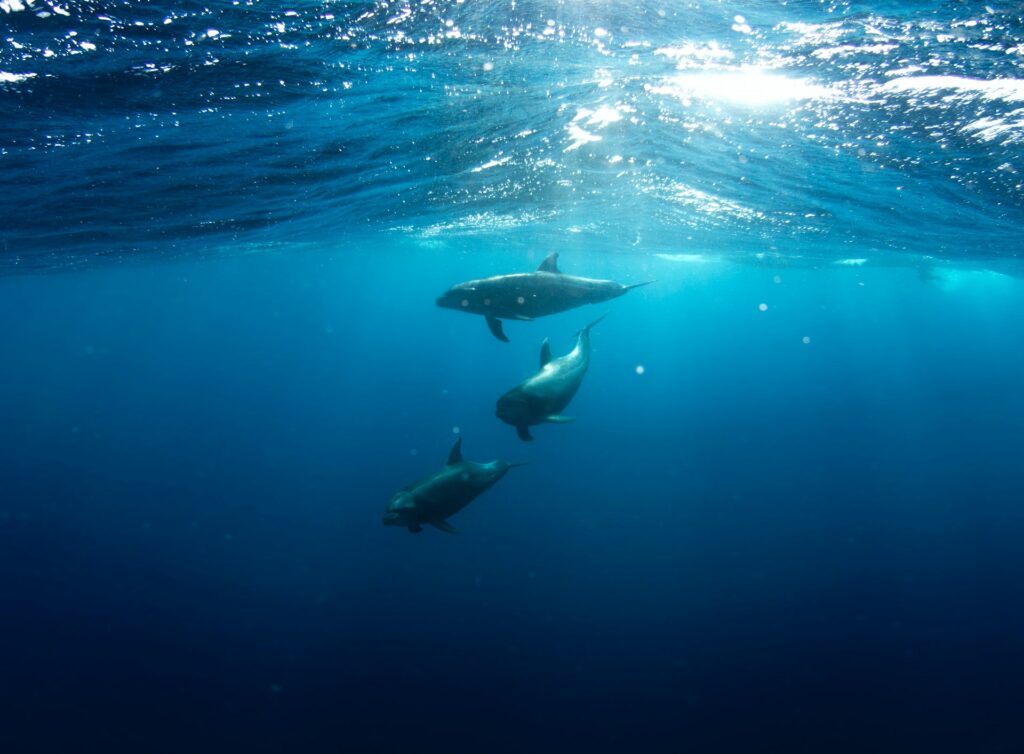
Sources
bioRxiv, High concentrations of floating life in the North Pacific Garbage Patch
Columbia Climate School, Our Oceans: A Plastic Soup
Marine Policy, Human footprint in the abyss: 30 year records of deep-sea plastic debris
National Geographic, Great Pacific Garbage Patch
National Ocean Service, What is the Great Pacific Garbage Patch?
Project Kaisei
Scientific Reports, Evidence that the Great Pacific Garbage Patch is rapidly accumulating plastic
Stanford University, Stanford analysis shows plastic ingestion by marine fish is a widespread and growing problem
The Guardian, More than 14m tonnes of plastic believed to be at the bottom of the ocean
The Ocean Cleanup, The Great Pacific Garbage Patch
World Resources Institute, 4 Ways to Reduce Plastic Pollution

